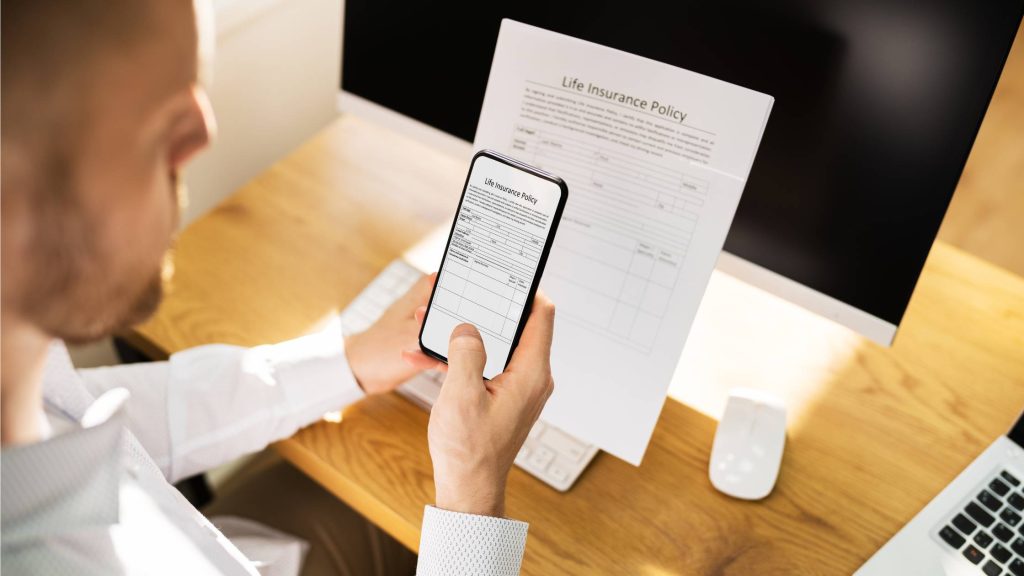In today’s fast-paced world, efficiency is key to productivity, especially when it comes to managing tasks that involve a significant amount of text and images. For individuals and businesses alike, dealing with a steady flow of visual content can be time-consuming and sometimes overwhelming. From business meetings to creative projects, there’s often a need to convert images with text into editable formats. Fortunately, the advent of image-to-text solutions has made this process not only faster but also far easier. These solutions, driven by Optical Character Recognition OCR technology, enable you to extract text from images, saving valuable time and effort while streamlining your workflow. Let’s explore how adopting this easy image-to-text solution can greatly enhance your work process. The primary advantage of using an image-to-text solution lies in its ability to convert text from various image formats into editable formats. This is particularly helpful for scenarios where images are a more convenient or necessary medium for capturing information.

Think about taking pictures of notes, business documents, whiteboard sketches, receipts, or even images of books and articles. Without an image-to-text tool, you would be left manually transcribing the content a labor-intensive task prone to errors and delays. With OCR technology, however, this information is instantly converted into editable text that can be used in word processors, spreadsheets, and other digital formats. This not only eliminates the need for manual transcription but also drastically reduces the likelihood of mistakes, which is particularly important when handling important business or legal documents. The versatility of image-to-text solutions is another reason they have become an indispensable tool in the workplace. OCR technology is capable of recognizing and converting text from a variety of sources, including scanned documents, photographs, screenshots, and PDFs. This broad compatibility means that you are not limited to specific formats or types of documents. Whether you are working with a printed report, a handwritten note, or a digital photo, an image-to-text solution can extract and convert the text for you, making it more accessible and easier to edit.
This ease of conversion is especially valuable for professionals who frequently work with multiple forms of visual content, such as graphic designers, marketers, and researchers. It ensures that no matter what type of image you are dealing with, the text is captured and made usable within seconds. In addition to its time-saving benefits, the accuracy of modern image-to-text technology has improved significantly over the years. Earlier OCR text recognition free tools had limitations, especially when it came to recognizing handwriting or non-standard fonts. However, today’s advanced image-to-text solutions are capable of detecting even the most complex handwriting styles, unusual fonts, and mixed-language content. This is made possible through machine learning algorithms that continually improve the software’s ability to process and recognize diverse text. Furthermore, many image-to-text tools offer error correction features that automatically detect and highlight potential issues with the extracted text, allowing you to make quick fixes.
As a result, these tools offer a higher degree of reliability and efficiency, minimizing the need for manual proofreading and editing after conversion. Another significant advantage of using an image-to-text solution is its potential to enhance collaboration and communication. In a team setting, especially with remote or hybrid work models, it is common to share documents and visual content through emails or cloud storage. In conclusion, the adoption of an image-to-text solution can significantly streamline your work process by eliminating the need for manual transcription, improving the accuracy of text extraction, and making collaboration more efficient. Whether you are a student managing notes, a professional handling business documents, or a creative working with visual content, these tools provide an invaluable way to save time and increase productivity. With their growing capabilities and accessibility, image-to-text solutions have become an essential tool for anyone looking to simplify their workflow and improve efficiency in today’s digital age.


